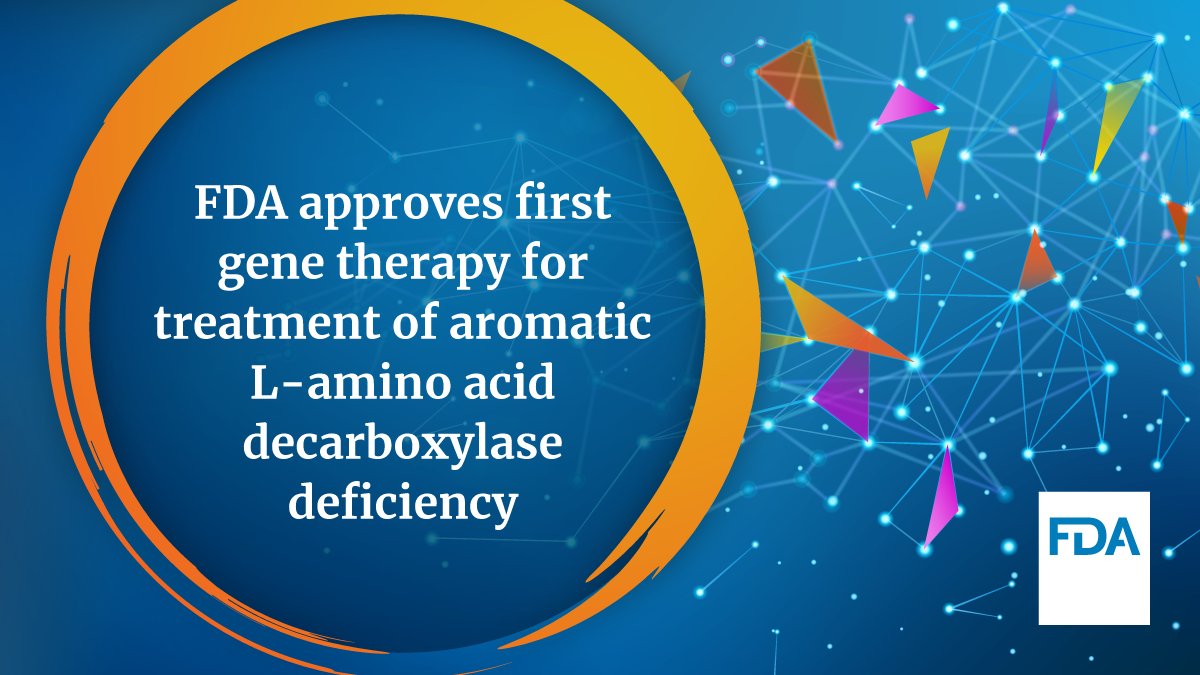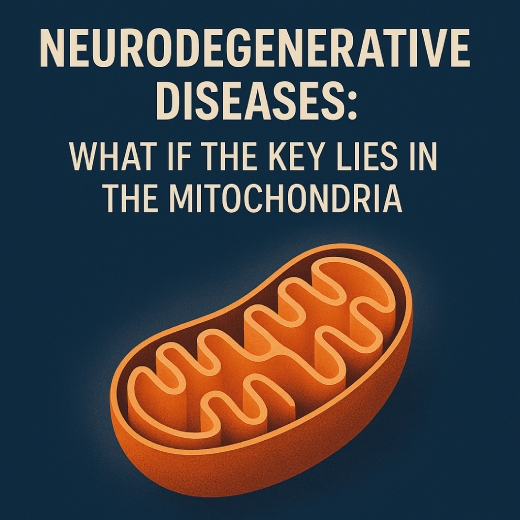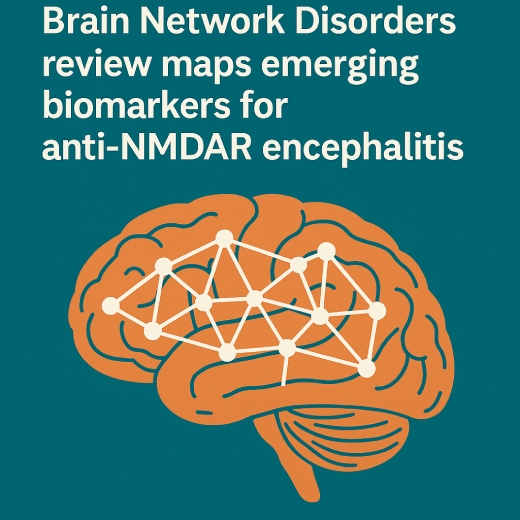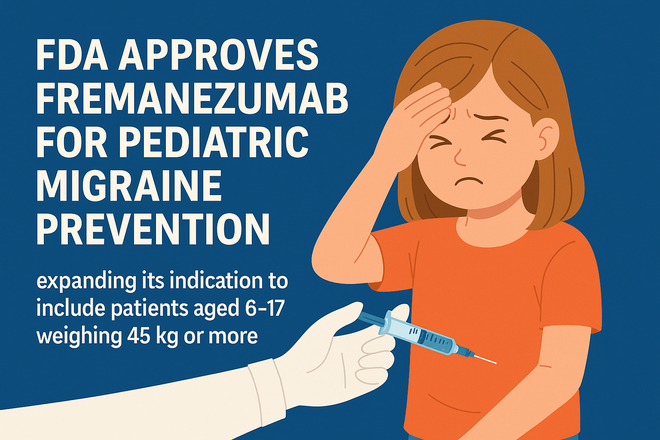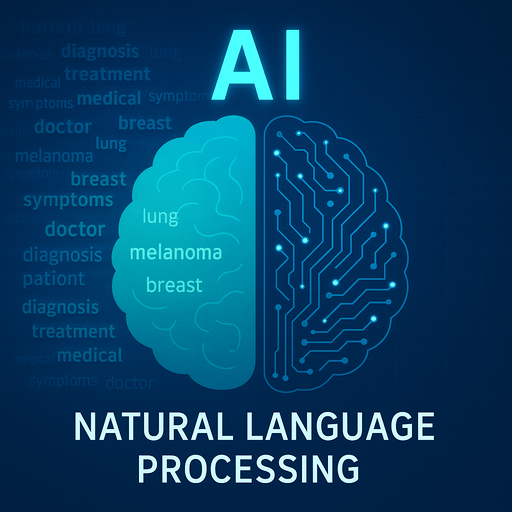- The U.S. FDA has accelerated approval for Kebilidi (eladocagene exuparvovec-tneq), a one-time AAV2 gene therapy for AADC deficiency.
- It is the first FDA-approved gene therapy administered directly into the brain (intraputaminal infusion).
- Indicated for adult and pediatric patients with AADC deficiency.
The U.S. Food and Drug Administration has granted accelerated approval to Kebilidi (eladocagene exuparvovec-tneq), marking the first U.S. gene therapy delivered via direct intracerebral (intraputaminal) administration. This milestone expands treatment options for aromatic L-amino acid decarboxylase (AADC) deficiency, a rare, debilitating neurogenetic disorder with historically limited disease-modifying therapies.
Pathophysiology and Clinical Impact of AADC Deficiency
AADC is essential for the biosynthesis of dopamine and serotonin. Biallelic pathogenic variants in the DDC gene lead to markedly reduced or absent AADC enzyme activity, disrupting dopaminergic and serotonergic neurotransmission. Clinically, infants and children present with profound hypotonia, severe global developmental delay, autonomic dysfunction (e.g., temperature instability, excessive sweating, drooling), and oculogyric crises—painful, prolonged upward eye deviation often accompanied by dystonia. The disorder carries substantial morbidity and a shortened life expectancy.
Mechanism of Action and Administration of Kebilidi
Kebilidi is an AAV2 (adeno-associated virus serotype 2) vector-based therapy encoding a functional DDC gene. It is delivered by stereotactic intraputaminal infusion, targeting the putamen—a region integral to motor control and dopamine production. Transduced neurons express the AADC enzyme, restoring dopamine synthesis and improving synaptic signaling. Clinical studies and case series have reported improvements in head and trunk control, acquisition of motor milestones, and reductions in the frequency and severity of oculogyric crises.
Clinical Eligibility and Considerations
The FDA indication covers adult and pediatric patients with AADC deficiency. Because the therapy is administered via neurosurgical stereotactic infusion, patient selection should consider anesthesia risk, neurosurgical candidacy, and center expertise. Potential risks include infection, hemorrhage, and procedure-related neurological complications. As with other accelerated approvals, ongoing data collection is essential to further establish durability of benefit and long-term safety.
Implications for the Future of Gene Therapy in Neurology
Kebilidi’s approval represents a paradigm shift for monogenic neurological diseases, demonstrating that targeted, brain-delivered gene therapy can be translated to clinical practice. It underscores the need for coordinated care pathways spanning neurology, neurosurgery, genetics, anesthesia, and neurorehabilitation. It also raises important considerations around equitable access, center accreditation, and the standardization of surgical delivery techniques.
Conclusion and Next Steps
The availability of Kebilidi is a watershed moment for child neurology, offering a path toward disease modification in AADC deficiency and setting the stage for future brain-targeted gene therapies. CNKE will continue to track real-world outcomes, post-marketing commitments, and implementation models across specialized centers to inform best practices.
References
- U.S. FDA. FDA Approves First Gene Therapy for Treatment of AADC Deficiency.
- FDA Biological Product Information. Kebilidi (eladocagene exuparvovec-tneq) & Summary Basis for Regulatory Action (PDF).
- ASGCT. FDA approves brain-delivered gene therapy for AADC deficiency.
- Reuters. US FDA approves PTC Therapeutics’ gene therapy for AADC deficiency.
- JAMA Medical News. Eladocagene Exuparvovec for AADC Deficiency—FDA Approval.

